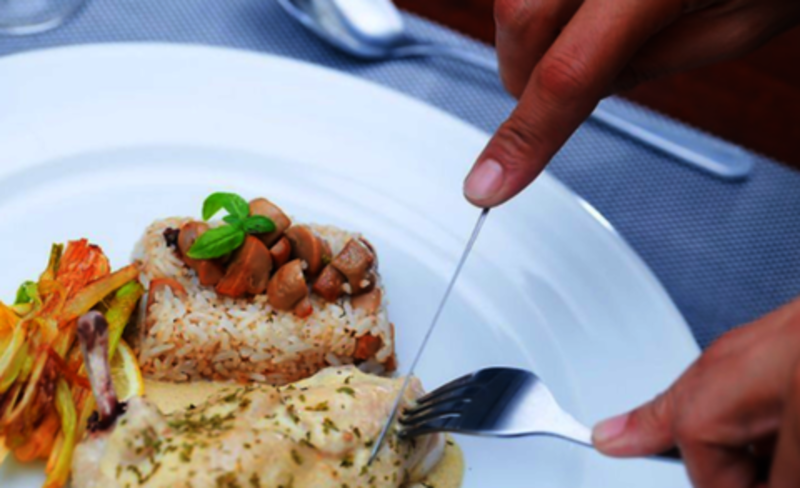For any culinary expert, the ability to carve a turkey gracefully is an essential skill that transcends merely wielding a knife. It's all about precision, aesthetic appeal, and an appreciation for the subtleties of a perfectly roasted bird. In this article, we will explore the vital knife skills for carving turkey, so you can impress not only with the taste but also with the stunning presentation.

Choosing the Right Knife
Before you begin the carving process, your first priority must be selecting the proper knife. Ideally, you should choose a sharp carving knife with a long, slender blade that allows for seamless slicing through the turkey. The blade's length should facilitate long, clean cuts instead of rough sawing, which can lead to jagged slices. Investing in a high-quality knife can make a world of difference in how your turkey is presented.
Know Your Turkey
Understanding the structure of the turkey is crucial for effective carving. Get to know its major parts: the breast, wings, thighs, and drumsticks. By identifying the location of the joints, you can make clean, precise cuts and separate the segments with ease. This knowledge is vital for preserving the meat's quality, ensuring each piece is served to perfection.
Preparation is Key
Once you've selected your knife and familiarized yourself with the anatomy of the turkey, preparation becomes your next step. Its essential to allow the turkey to rest post-cooking so that the juices can redistribute, making the meat both moist and flavorful. A rested turkey is not only easier to carve but also yields a noticeable improvement in texture and taste.
Step-by-Step Carving Techniques
Lets dive into the specifics of knife skills for carving turkey. Start with removing the legs and thighs. Secure the turkey with a carving fork and make a cut through the skin between the breast and the leg. Locate the joint and gently wiggle the leg to disconnect it from the body. Repeat this on both sides.
Next, turn your attention to the wings. These can be removed by finding the joint and slicing through it. After that, focus on the breast. Slice the breast meat against the grain, beginning from the outer edge and moving toward the center. This technique will yield tender pieces that are easy to chew.
Presentation is Important
In the culinary arts, how you present your dish is just as critical as the flavor. Once youve carved the turkey, arrange the pieces on a platter with care. You might want to garnish with fresh herbs like rosemary or thyme for added elegance and aroma. A beautifully presented turkey can elevate the dining experience and leave a memorable impression on your guests.
Keep Your Knives Sharp
After you've completed the carving, don't overlook the importance of maintaining your tools. Regular sharpening and proper storage are essential for extending the life of your knives and ensuring they perform at their best. A sharp knife not only enhances efficiency but also contributes to safer, cleaner cuts.
If you're new to fine dining, knowing proper etiquette can be incredibly beneficial. For a detailed overview, check out this useful guide on table manners.
Conclusion
Mastering knife skills for carving turkey is a precious asset for any culinary professional. It blends technical prowess with an artistic flair, enhancing both your cooking experience and your reputation as a chef. With practice and careful attention to detail, you can transform an ordinary turkey into a visual and gastronomic delight.

FAQs
What type of knife is best for carving turkey?
A sharp carving knife with a long, thin blade is ideal for making smooth, clean cuts.
Why is resting the turkey important before carving?
Resting allows the juices to redistribute, resulting in moist and flavorful meat.
How can I ensure my knife stays sharp?
Regular sharpening and proper storage are crucial to maintaining knife sharpness.
For more detailed knife skills, explore additional resources on knife skills for steak, check out the German slicing knife, or learn the proper way to cut steak. Additionally, consider techniques for carving prime rib or delve into German knife edge geometry.
This article contains affiliate links. We may earn a commission at no extra cost to you.


























